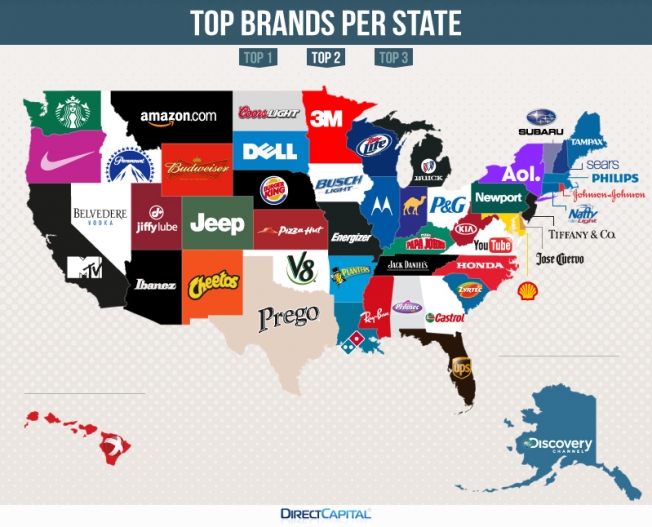
Clients Are Driving Diversity In Adland
What are the most common words heard in every ad agency around the world, every day? “The client wants some changes.”
Change the headline. Change the visual. Change the strategy. Change the execution. In advertising, we manufacture ideas. And then, at the client’s request, we change them.
But now in the USA, two bold CMOs are asking for an unprecedented change—change in faces of the people who serve their business.
Ann Simonds of General Mills and Antonio Lucio of HP have formally asked agencies that their accounts be served by 50% women and 20% people of colour.
This is not a quota. It’s a request that their marketing teams reflect the face of their own organizations and more importantly, their consumers. “We are focused on ensuring that our marketing department has the right talent composition to capture our business opportunities,” stated Mr. Lucio.
“Matching the market” is a term used to describe the competitive edge that diverse teams have in creating for, and selling to, diverse end users. There’s an ample body of evidence that shows that a diverse workforce is more innovative, more attuned to consumer insight, more adept at leveraging market opportunities, and achieves better financial performance, too.
But why do most agencies—whose business can’t thrive without these performance attributes—seem to resist “matching the market” to the point clients now have to demand it?
There are voices like Cindy Gallop who contend that agencies are still run by a “closed loop of white guys talking to white guys about other white guys,” and whether that’s perception or reality, it is an issue.
But I believe the resistance has more to do with what and who we perceive as talent in our business. Bad boy behaviour is widely tolerated as long as great ideas are produced. As was repeated nonstop the years I spent at BBDO, “It’s about the work.” It didn’t matter how sexist, racist, sophomoric, or even addicted a creative director was, as long as he produced the work, he was enabled, and often celebrated.
Simply hiring more women and minorities may solve how a team looks, but if we don’t change how talent is evaluated and their ideas judged, agencies will fail to meet the diversity and business goals of these forward-thinking clients.
Unconscious bias amongst those who staff creative and account teams is the real obstruction to recognizing talent in others who look different. This has been proven in countless studies in thenUK and US.
But ultimately, no change will happen without clients demanding it. In 2013, The Center for Talent Innovation published a study touting the overwhelming market and business benefits of diversity. More than fifty national brand markers sponsored the research including Johnson & Johnson, Citi, Unilever, and American Express plusGeneral Mills and HP.
But three years later, only two of those CMOs have stepped up to demand change. The outspoken remarks by Ms. Simonds and Mr. Lucio for taking the hardline with the boy’s clubs of Madison Avenue. But why are the other 48 CMO’s silent?
Advertising is a client-driven business, and when clients want change, it happens. Just ask any creative.
